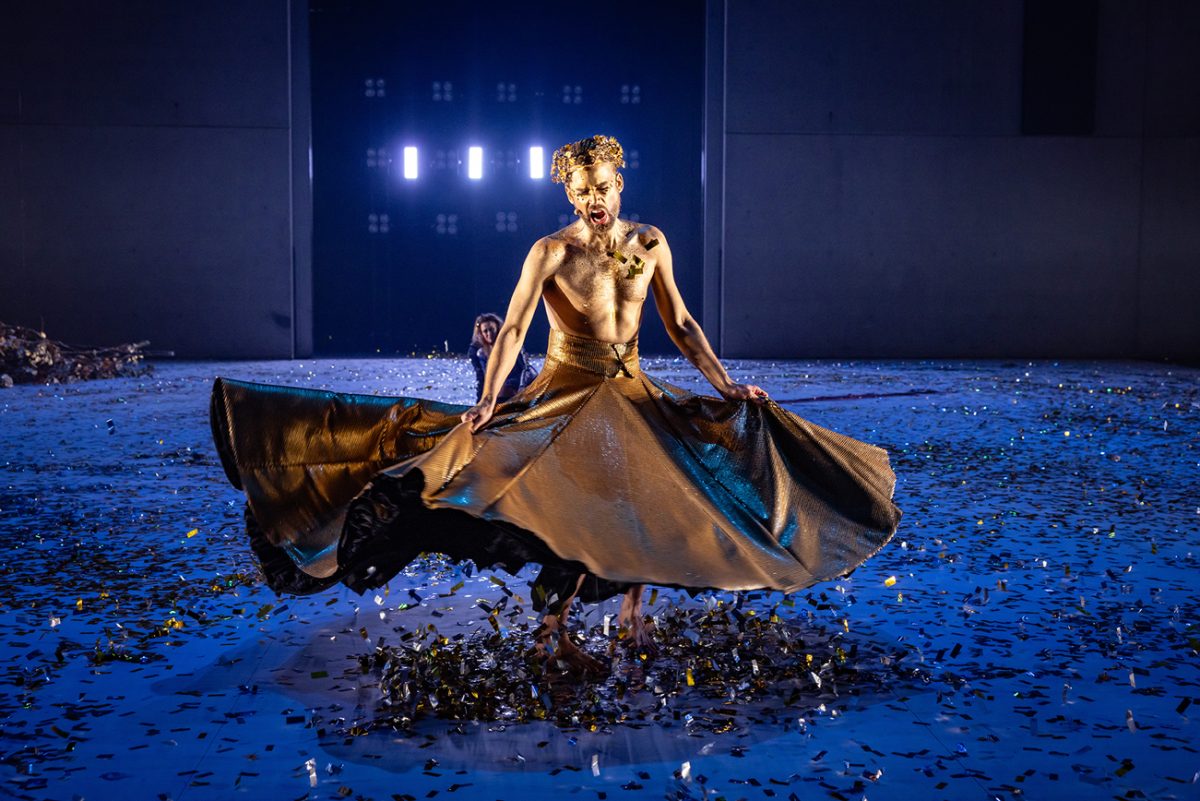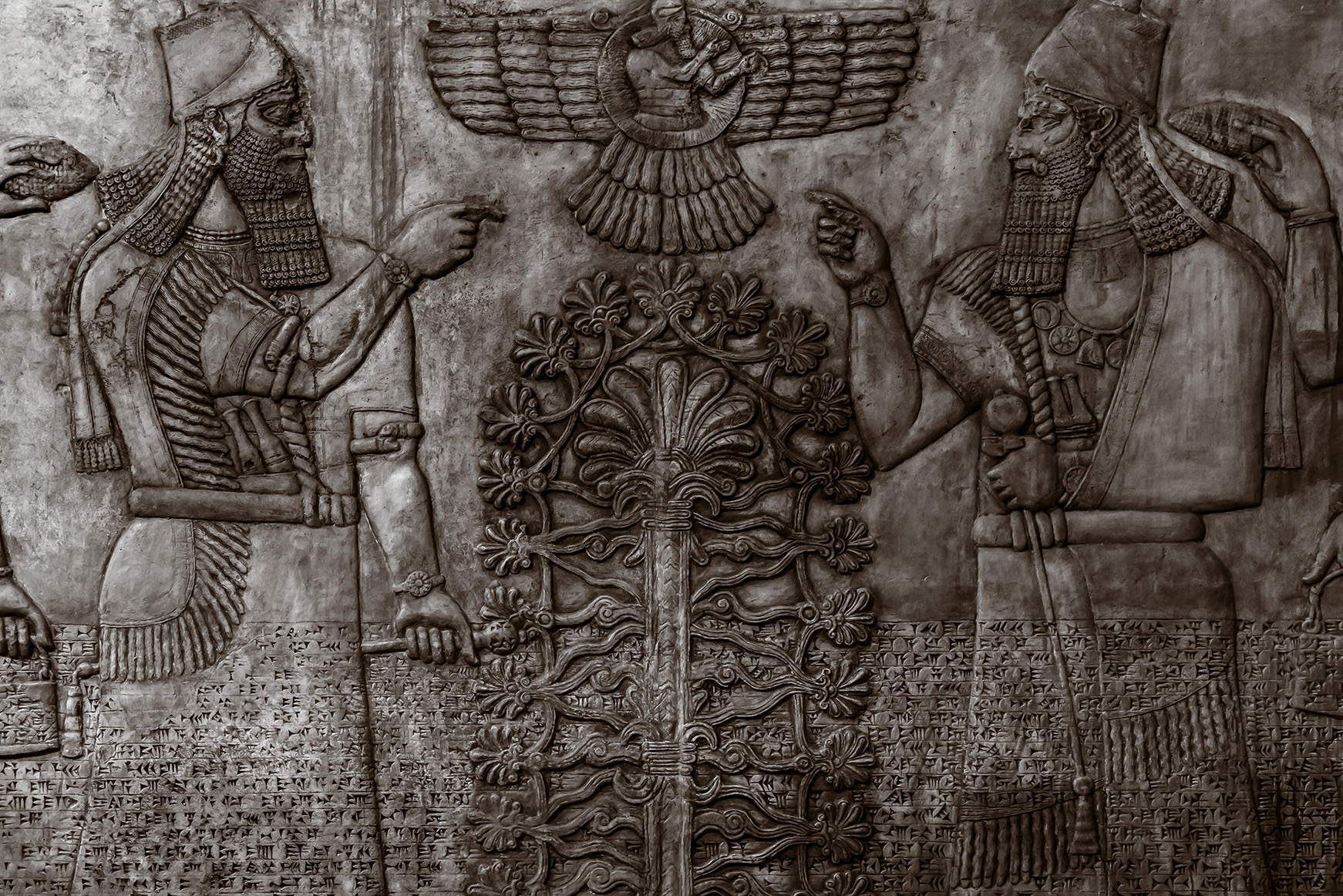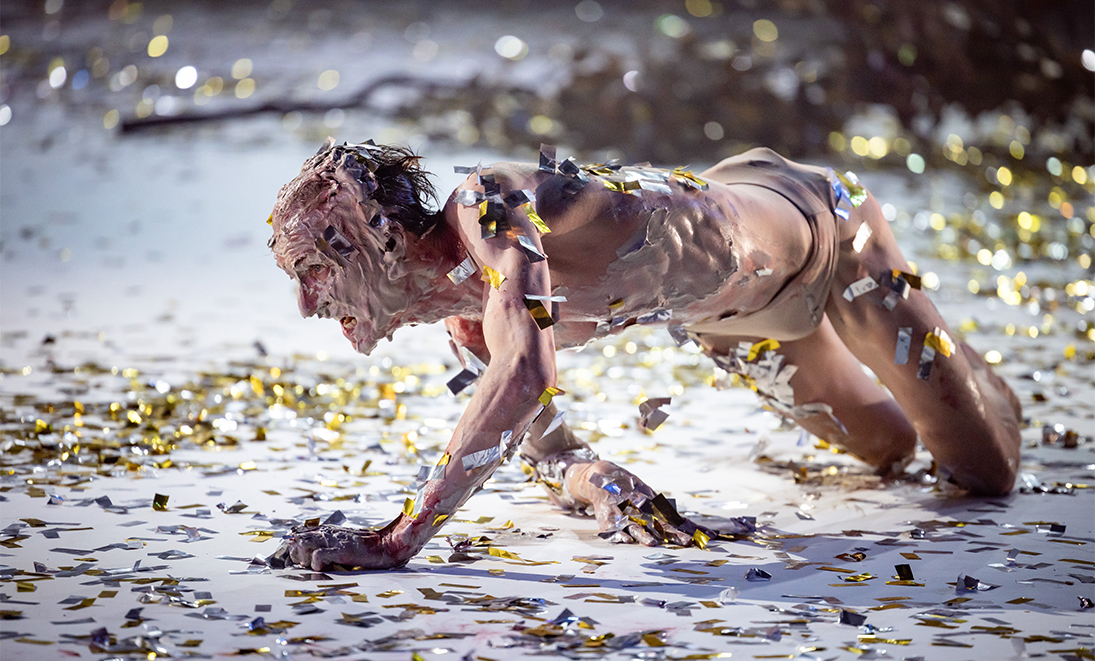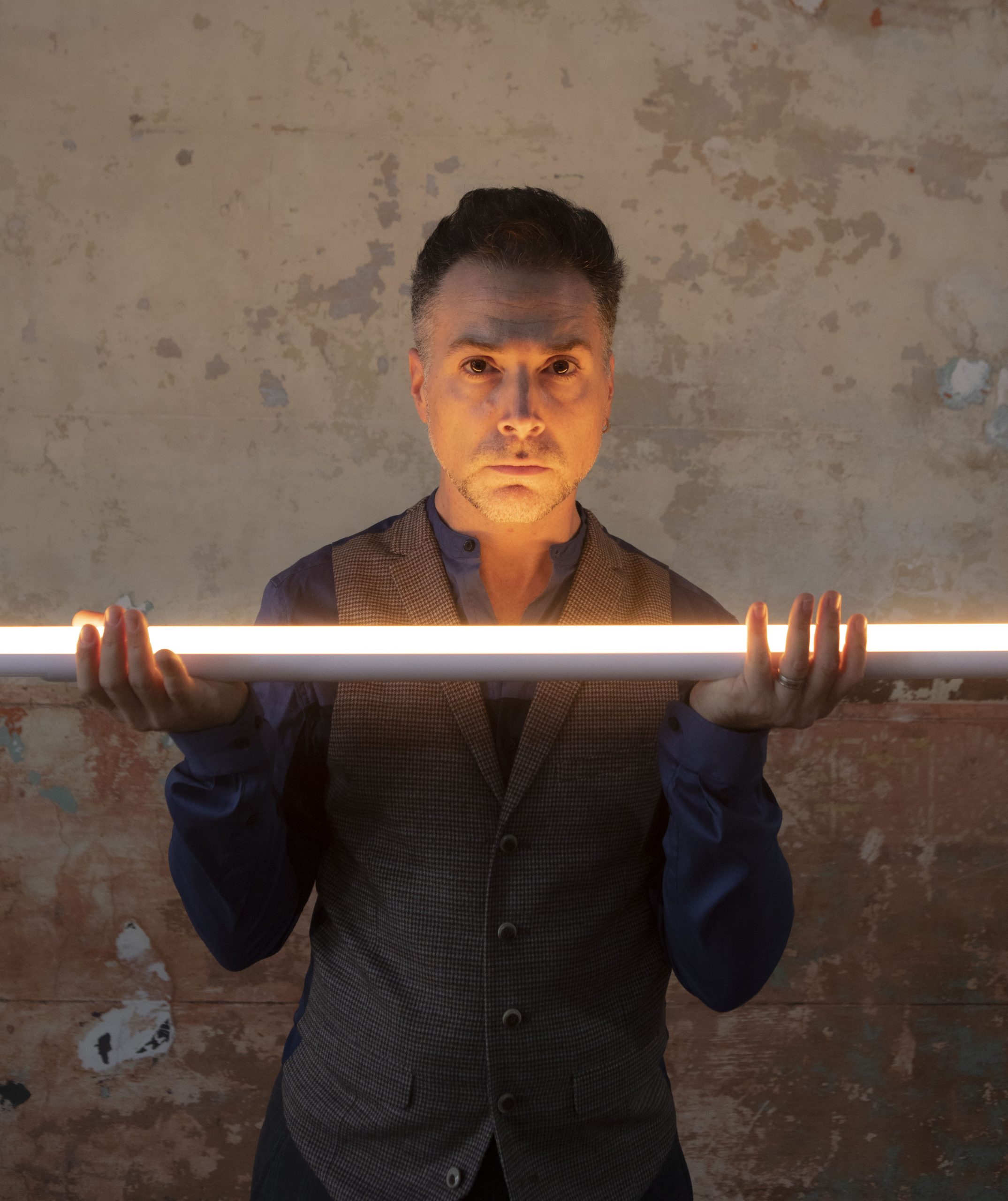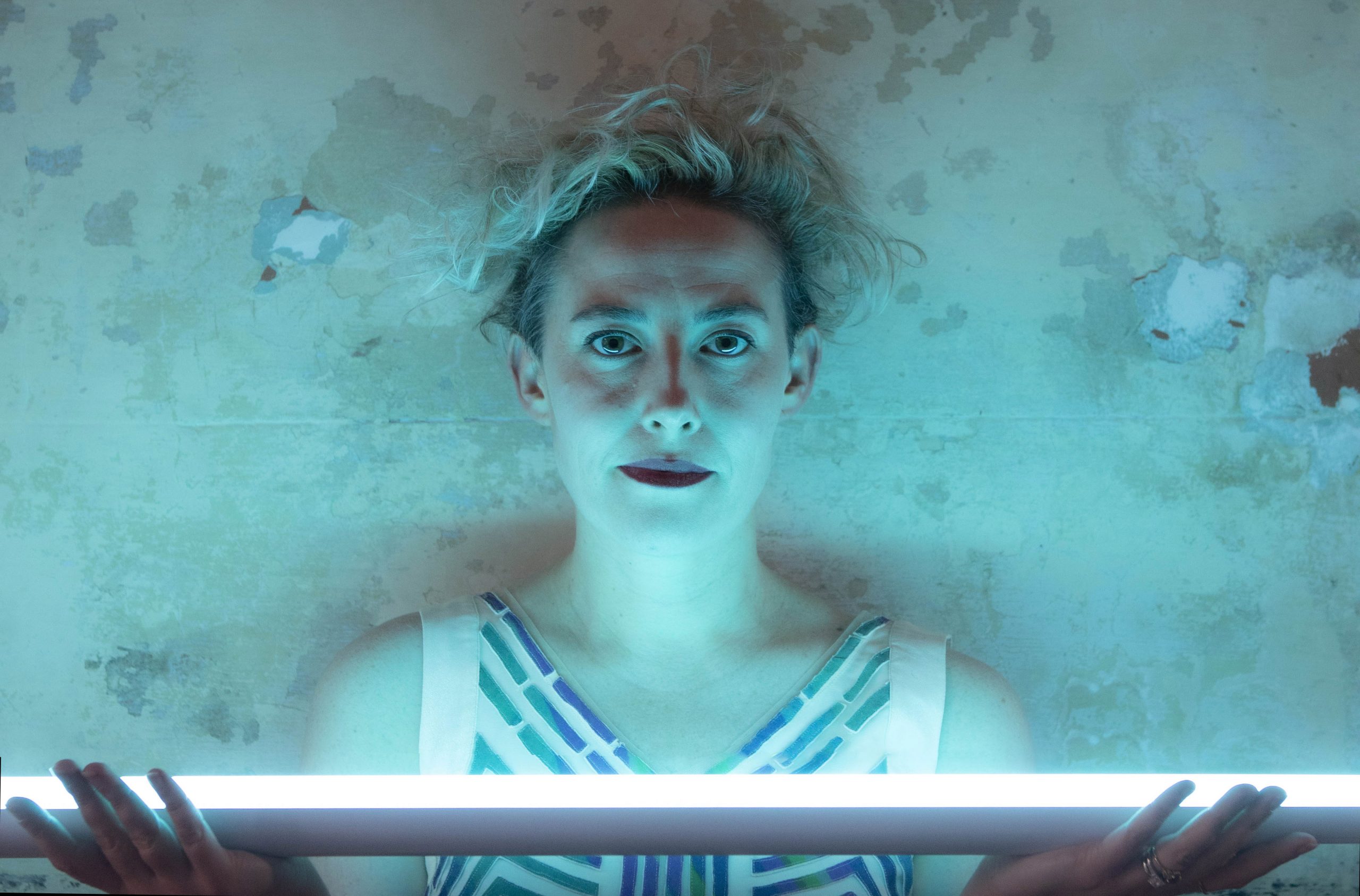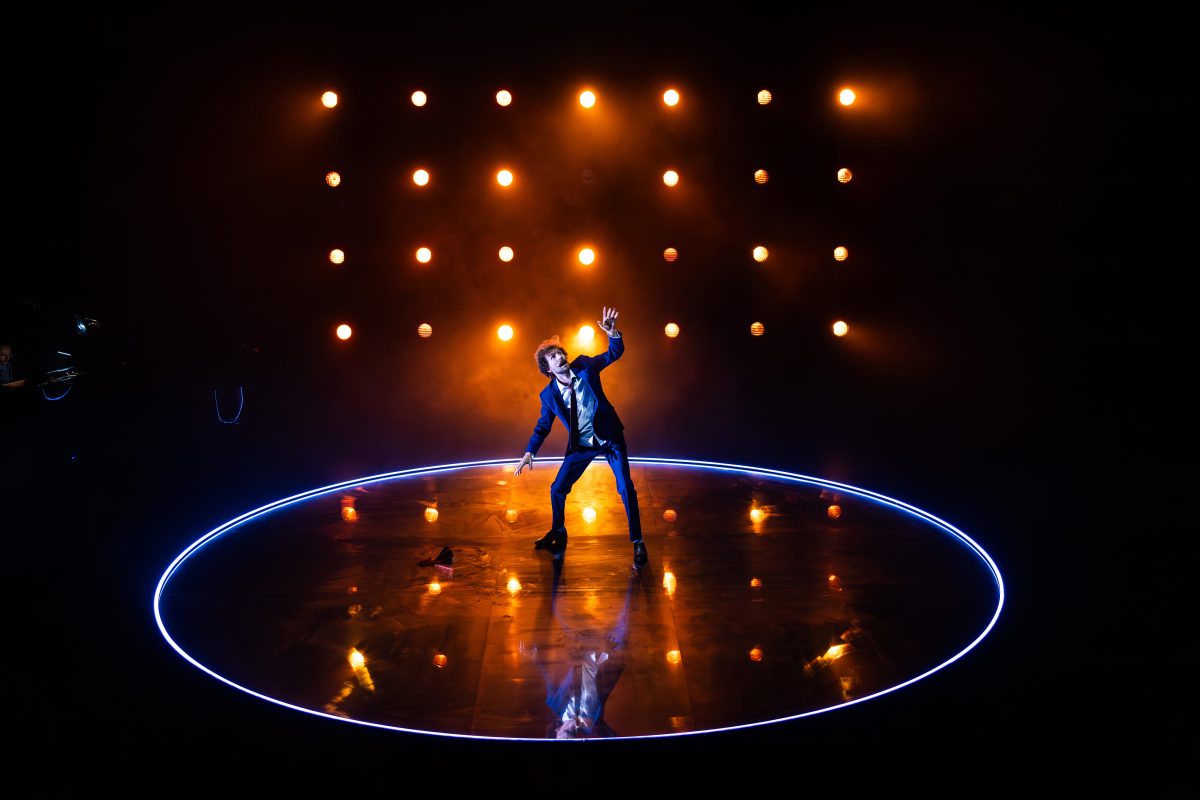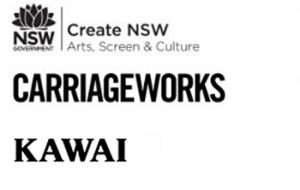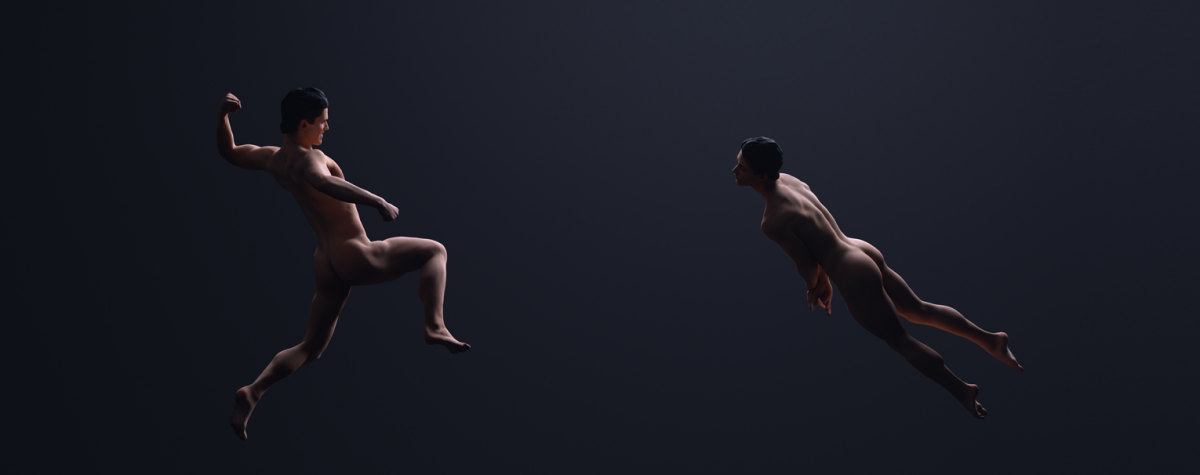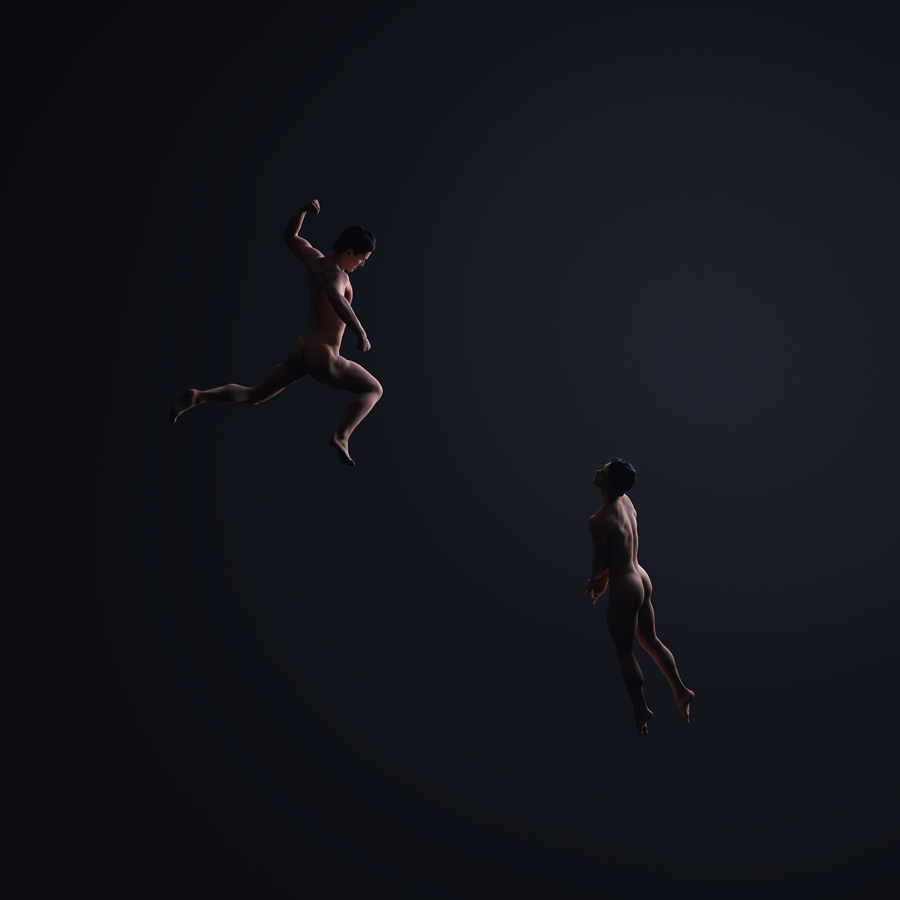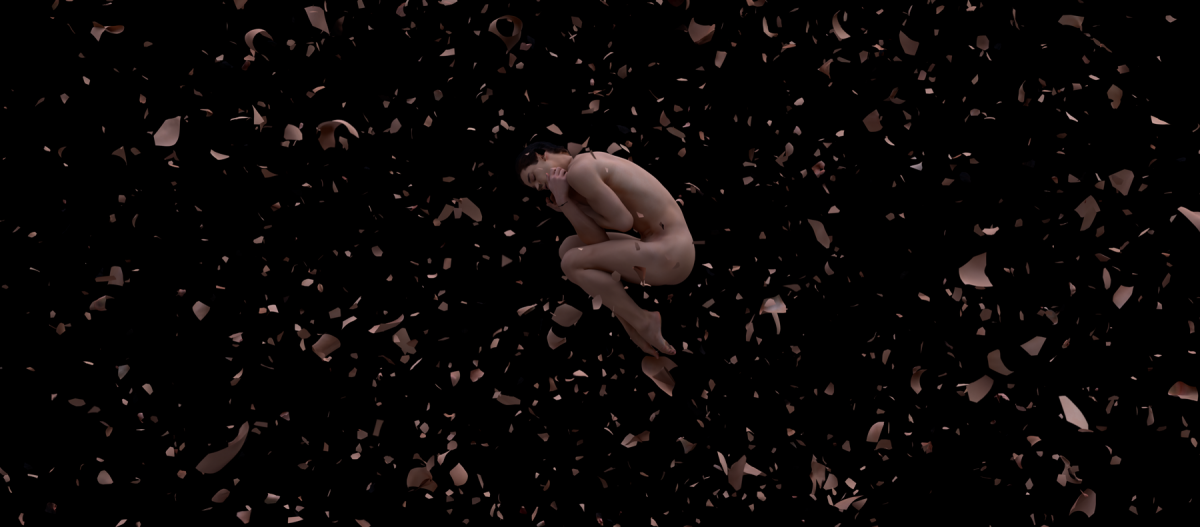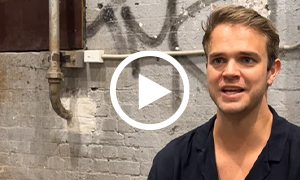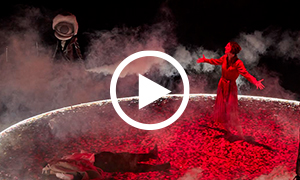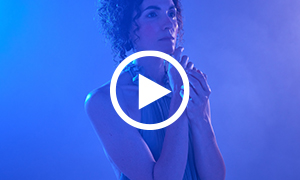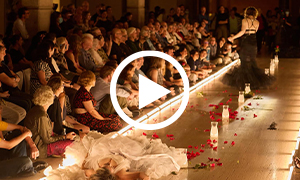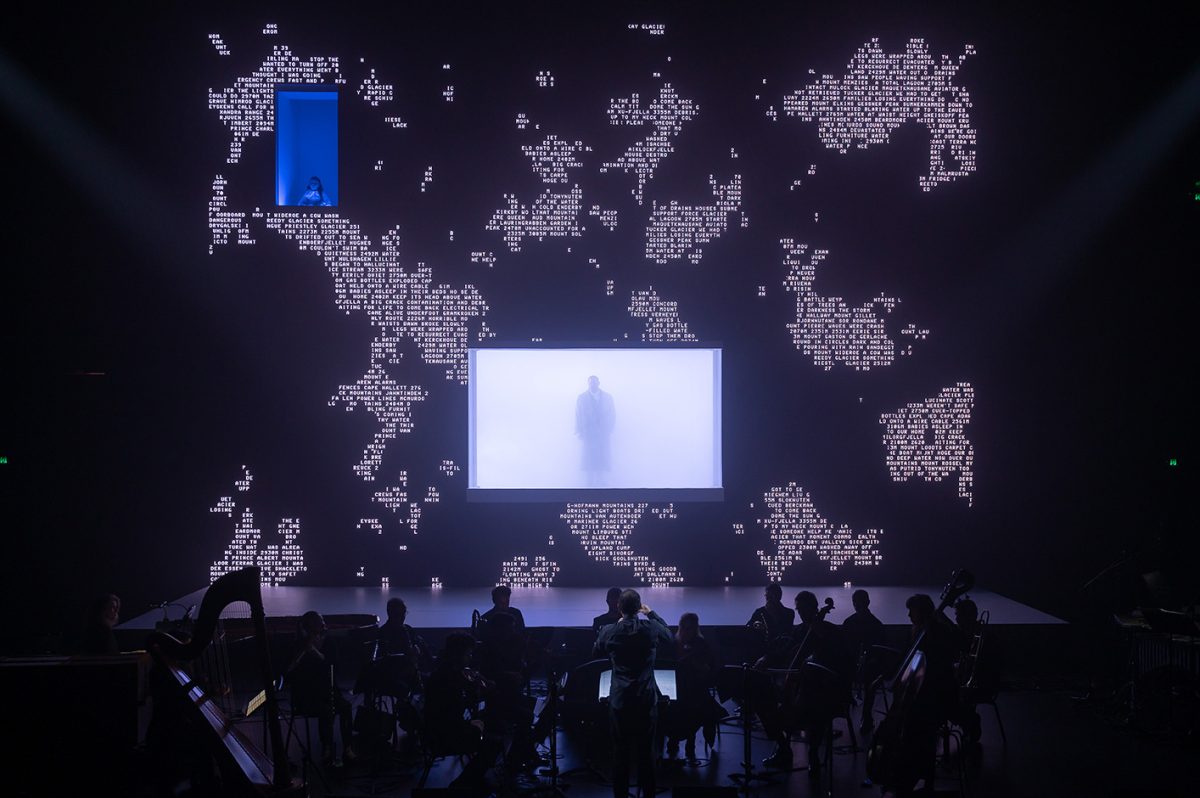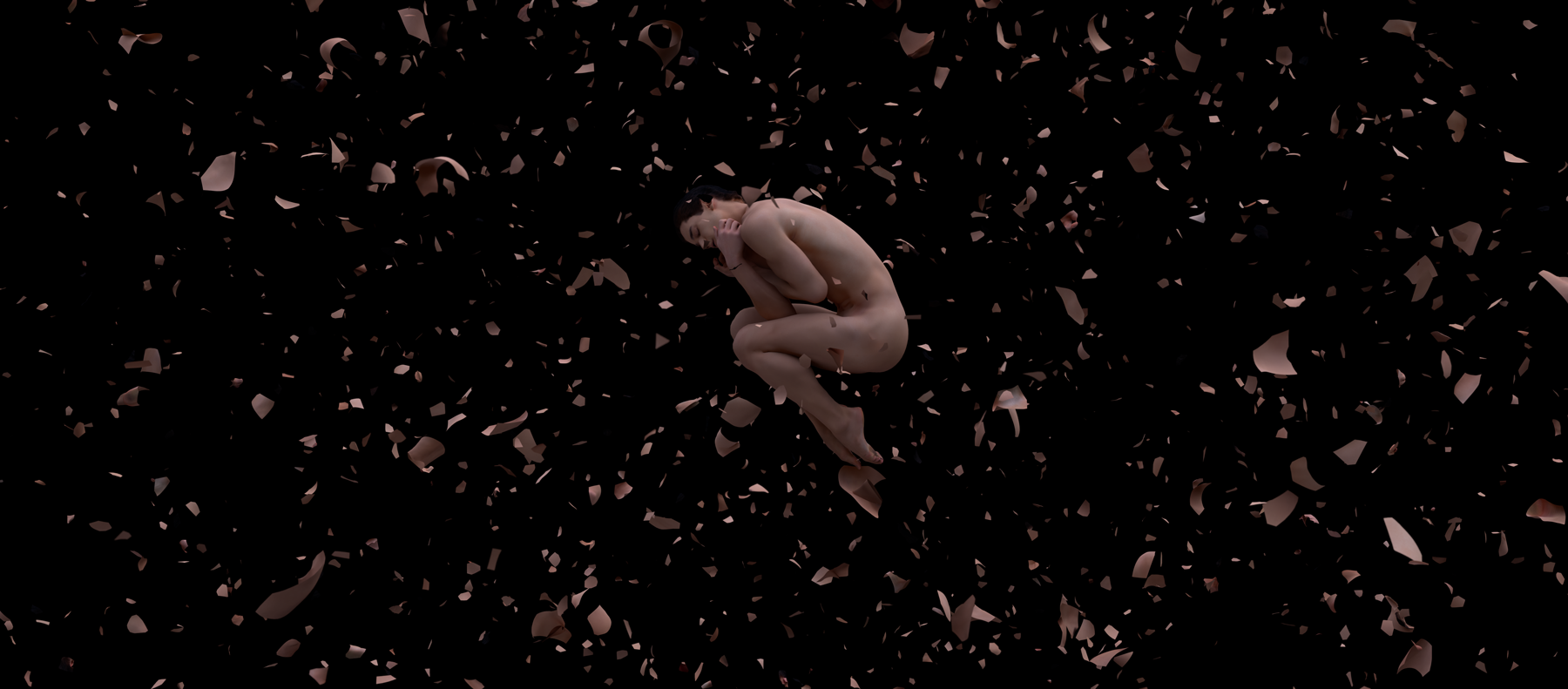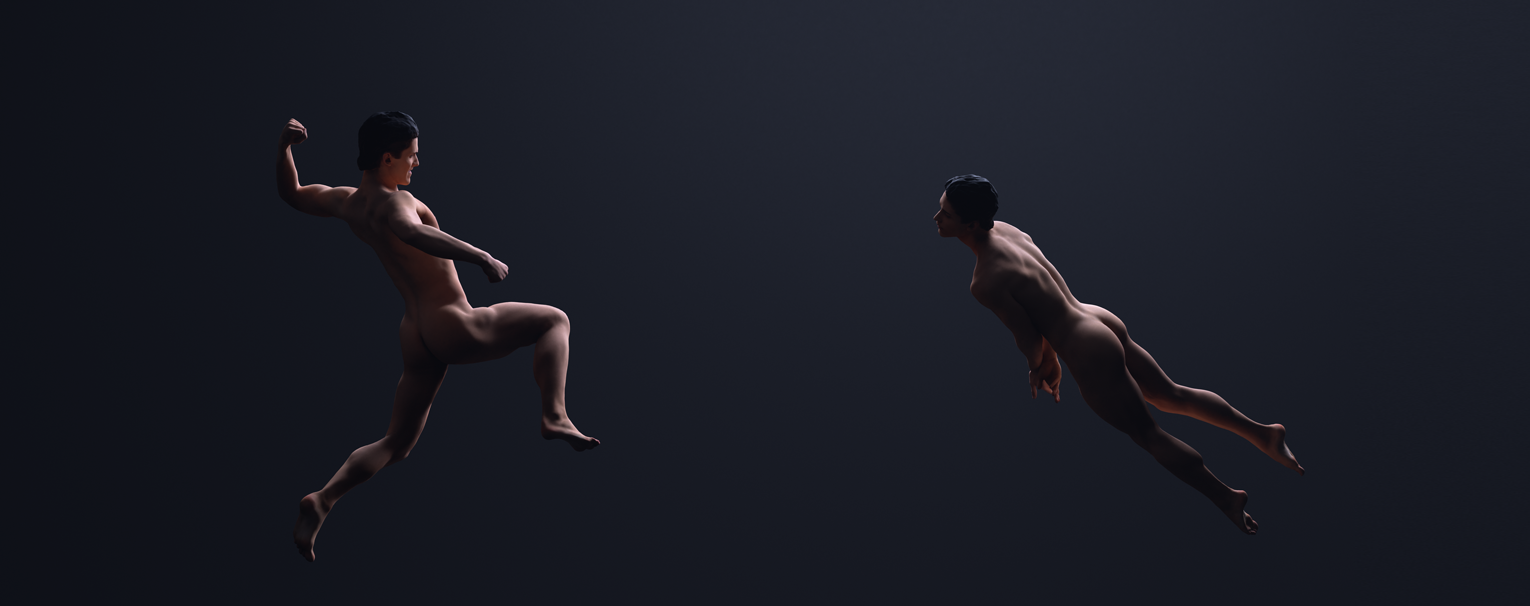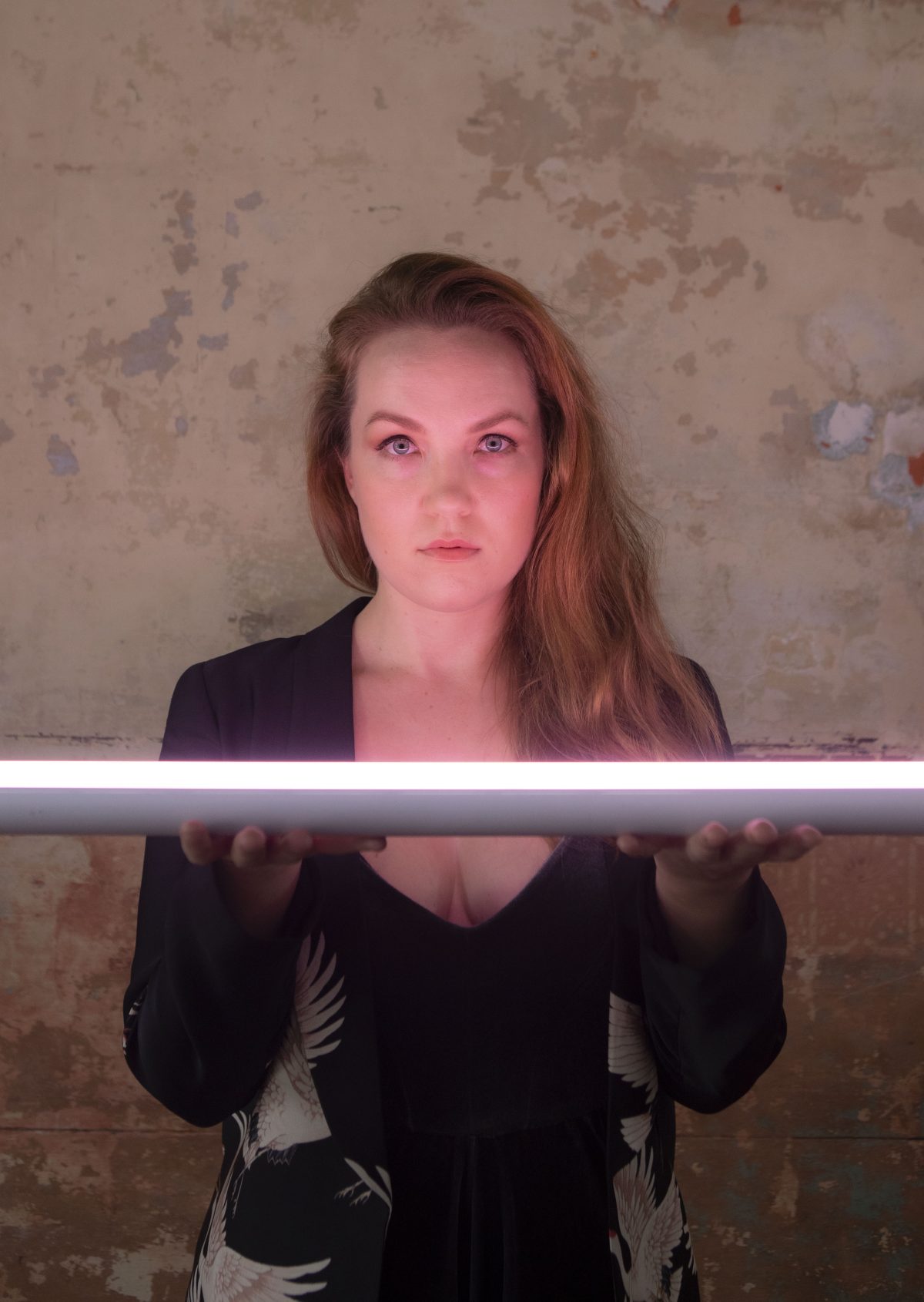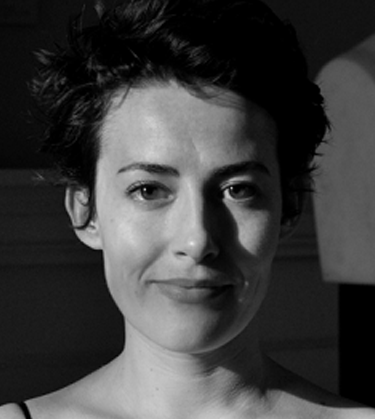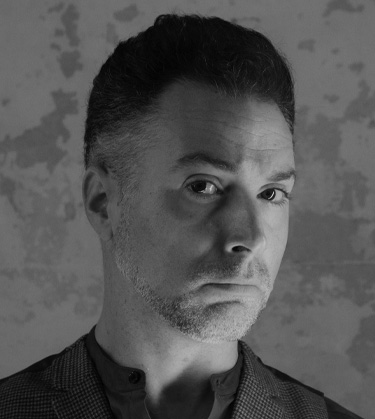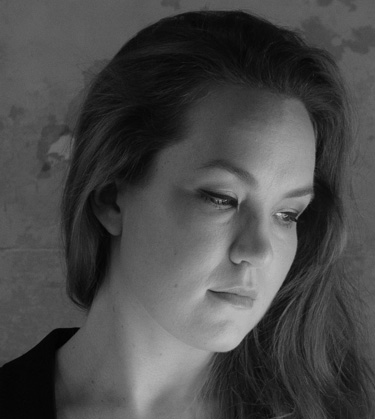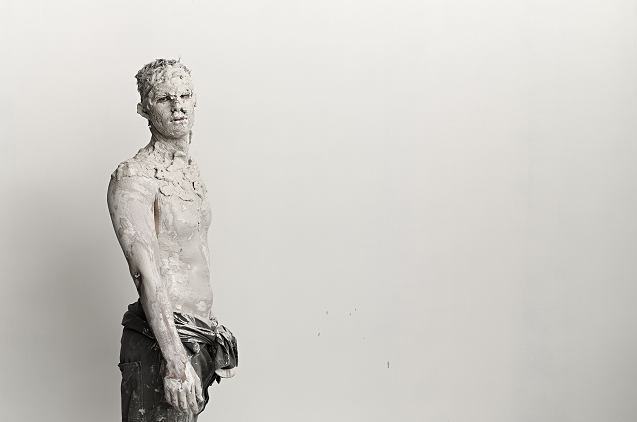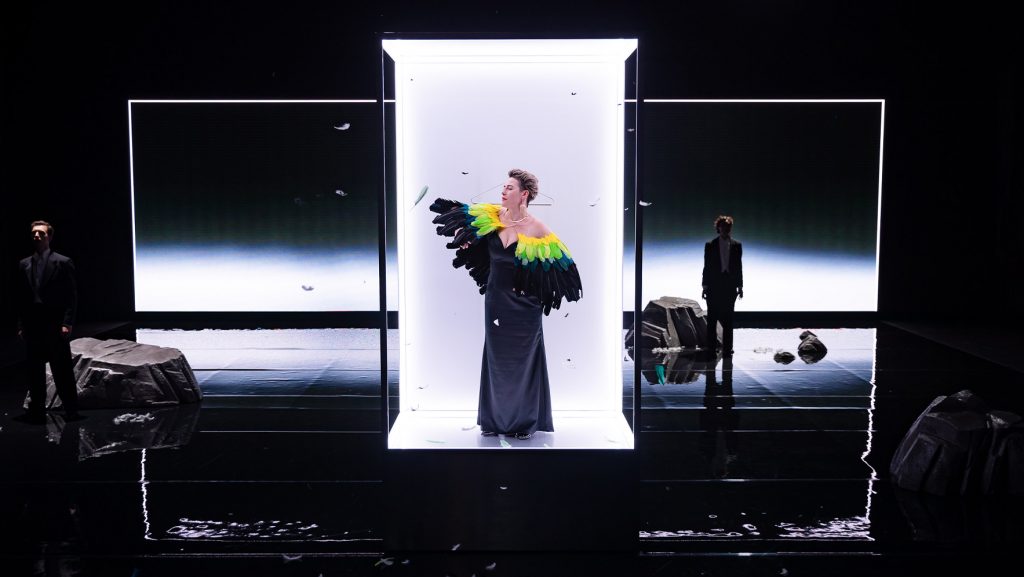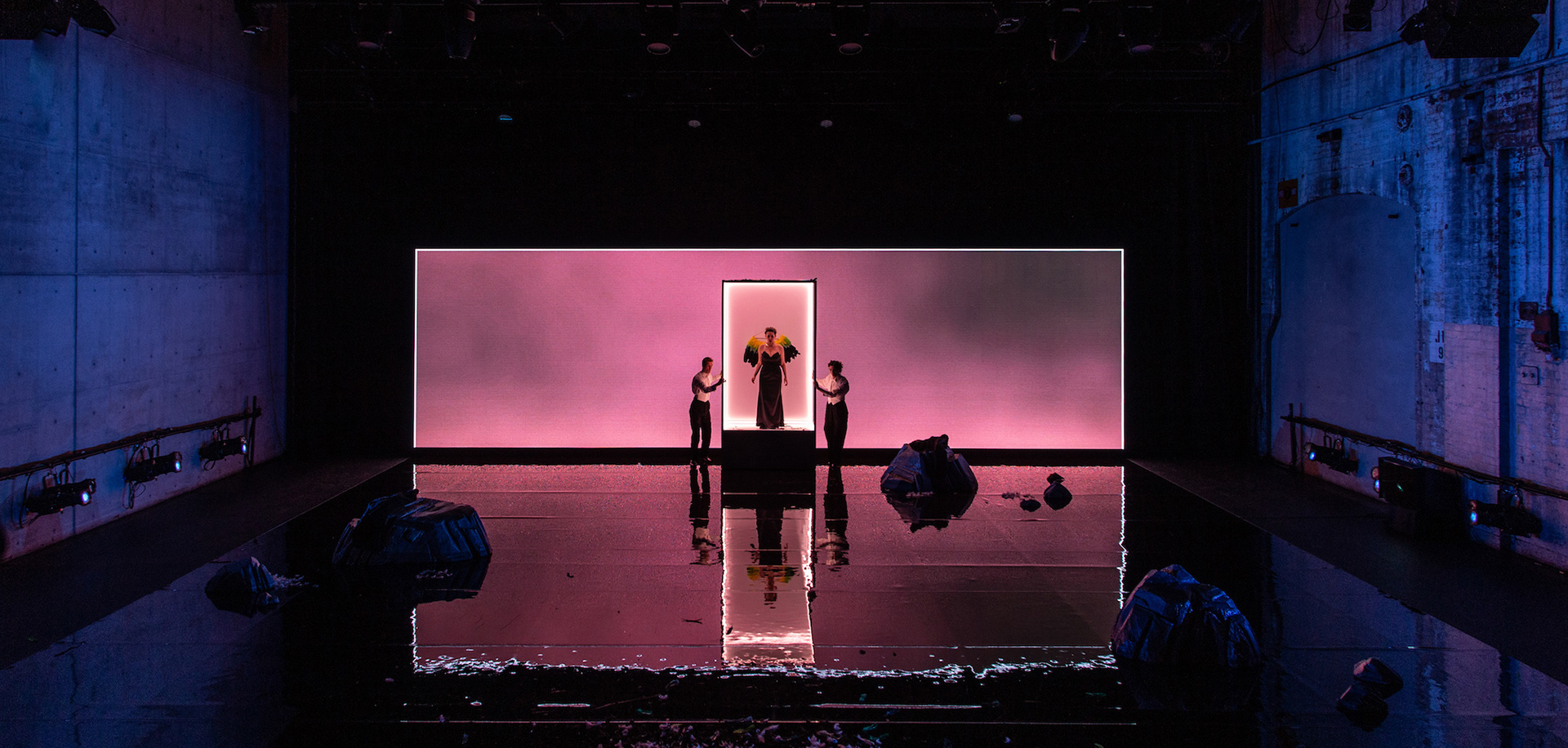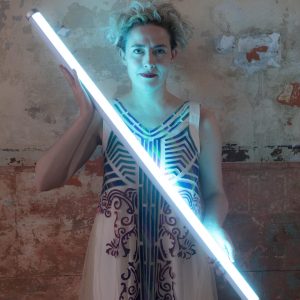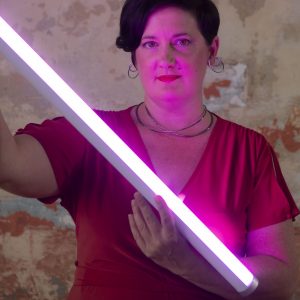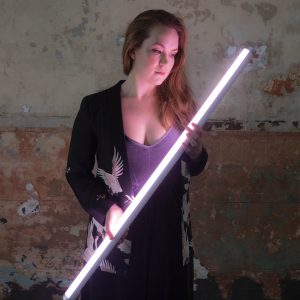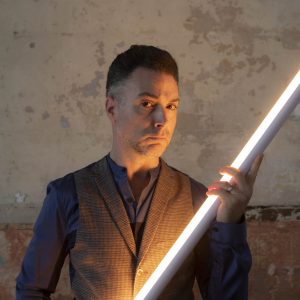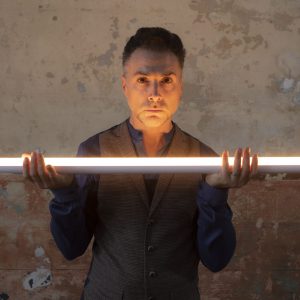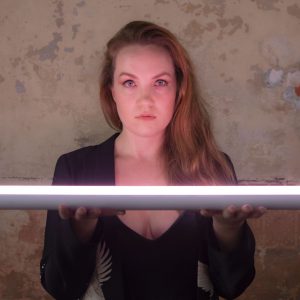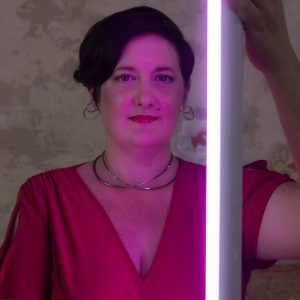Gilgamesh
By Jack Symonds & Louis Garrick
World Premiere
The world’s oldest poem. Opera’s most cutting-edge artists.
Opera Australia, Sydney Chamber Opera and Carriageworks present Gilgamesh, in association with Australian String Quartet and Ensemble Offspring.
The ancient and contemporary collide to dazzling effect in this world premiere.
The Epic of Gilgamesh is humanity’s oldest epic written poem. Emerging from ancient Mesopotamian mythology, it tells of a restless young king who, through experiences of love and loss, becomes a better person. His unexpected love for a half-man, half-animal leads him wide-eyed into mysterious realms.
Gilgamesh’s story sings to us across millennia, and this brand-new opera uncovers all that remains strikingly relevant: its approach to mortality, sexuality and our relationship with nature. This is the first opera in English based upon this foundational part of civilisation.
Composed by Sydney Chamber Opera Artistic Director Jack Symonds and brought to Carriageworks’ vast performance space by visionary director Kip Williams (Sydney Theatre Company’s The Picture of Dorian Gray), Gilgamesh is an epic that must be experienced.
Singing scorpions share the stage with a Bull of Heaven and oracles interpreting the flood which swept the Earth.
This is Opera Australia’s first collaboration with Sydney Chamber Opera, a company renowned for presenting “an astonishing new vision of what contemporary opera can achieve” (Time Out). Two outstanding chamber music ensembles bring a collective virtuosity to this colourful new score: Australian String Quartet and Ensemble Offspring.
Symonds conducts a cast of Australian contemporary opera specialists. Jeremy Kleeman and Mitchell Riley play Gilgamesh and the beast Enkidu, joined by Jane Sheldon, Jessica O’Donoghue and Daniel Szesiong Todd.
Composer
Jack Symonds
Libretto
Louis Garrick
Conductor
Jack Symonds
Director
Kip Williams
Set Designer
Elizabeth Gadsby
Costume Designer
David Fleischer
Lighting Designer
Amelia Lever-Davidson
Electronics & Sound Designer
Benjamin Carey
Assistant Director
Tait de Lorenzo
Singers
Gilgamesh
Jeremy Kleeman
Enkidu
Mitchell Riley
Ishtar/Scorpion
Jane Sheldon
Shamhat/Uta-Napishti/Scorpion
Jessica O’Donoghue
Humbaba/Ur-Shanabi
Daniel Szesiong Todd
Australian String Quartet
Dale Barltrop: Violin I
Francesca Hiew: Violin II
Christopher Cartlidge: Viola
Michael Dahlenburg: Cello
Ensemble Offspring
Claire Edwardes: Percussion
Lamorna Nightingale: Flute/ Piccolo/ Alto Flute/ Bass Flute
Jason Noble: Contrabass Clarinet/ Bass Clarinet/ Clarinet
Jacob Abela: Piano/ Keyboard
Jasper Ly: Oboe/ Cor Anglais
Benjamin Ward: Double Bass
Melina van Leeuwen: Harp
Opera Australia, Sydney Chamber Opera and Carriageworks present Gilgamesh, in association with Australian String Quartet and Ensemble Offspring.
![]()



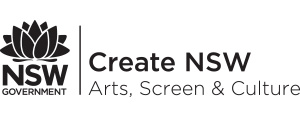
SCO wishes to thank the generous donors who have made this production possible:
Lead Patron
Judith Neilson AM
Executive Production Partners
Anonymous (2), John Barrer, Penelope Seidler AM, Kim Williams AM
Principal Artist Partners
Anonymous (1), Dr. Robert Mitchell, Prof. Emerita Di Yerbury AO
Artist Partners
Andrew Cameron AM & Cathy Cameron, John Kaldor AO, John Garran, Perpetual Foundation: The Meredith Brooks Endowment, The Russell Mills Foundation, Jane Rotsey, Christine Williams, James Williams
Associate Artist Partners
Andrew Andersons AO, William Brooks & Alasdair Beck, Glynis Johns, Dr. Merilyn Sleigh, Gil Appleton, Julian Lloyd-Phillips, Trish Richardson in memory of Andy Lloyd James
Donors
Antoinette Albert, Angela Bowne SC, Phillip Cornwell, Elizabeth Evatt AC, Vicki Fraser, Josephine Key, Brendan McPhillips, Janet Nash, Elizabeth Nield, Trevor Parkin, Joel Roast, David Robb,
STREAM NOW
Gallery
Keep in touch
General Inquiries
- contact@sydneychamberopera.com
-
SCO, Carriageworks
PO Box 3035 Redfern, NSW 2016
Postal Address -
SCO, Carriageworks
245 Wilson St Eveleigh, NSW 2015
Resident Address - (02) 8571 9106
